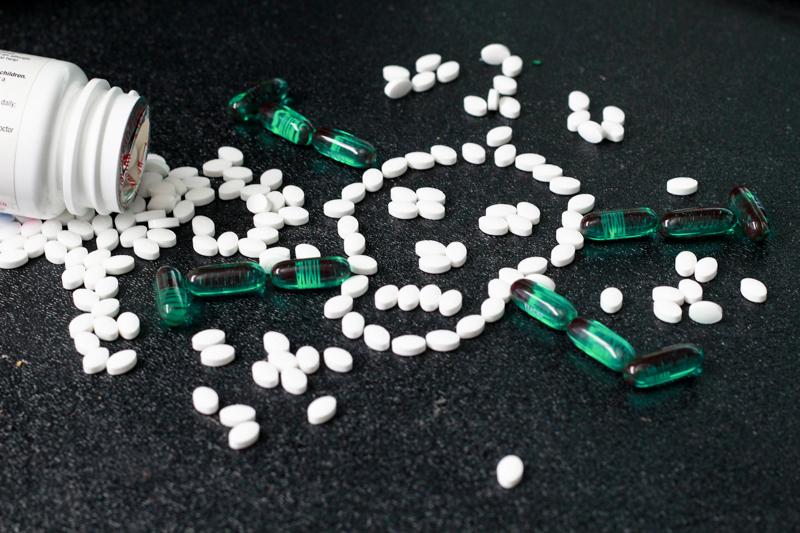
Jill* had it all planned out. She considered different options, then decided the best course of action would be to take pills. Her life would end peacefully.
“I was trying to figure out the way that would be less damaging to my parents, I guess,” she said.
This Foothill senior, who agreed to be interviewed if her identity was kept anonymous, had been dealing with depression since elementary school. A culmination of family problems and tough friendships at school led to her depression, which snowballed into suicidal thoughts.
“I felt so isolated, as if I was looking at the world and not participating in it,” Jill said. “It was like there was this wall between me and everyone else.”
The depression worsened in middle school; it was then that she felt the only option was suicide.
Suicide is the second leading cause of death among children ages 10 to 24, and each year approximately 4,600 cases are carried out. For every suicide carried out, there are 100 failed attempts. Though female teens think about and attempt suicide twice as often as boys, boys are four times more likely to be successful.
What prevented Jill from committing suicide was her faith in God.
“I just wanted to hear God one last time before I killed myself, and when His voice eventually came, I couldn’t do it,” she said.
The road to recovery was a “slow process,” but Jill’s suicidal thoughts went away with her entrance into high school. She still has bouts of depression, which is common among most high school students, but has been able to overcome them.
“My perspective on life was starting to change, I guess,” Jill said regarding her recovery. “I cried a lot. I did start to become a little more involved at church.”
Common causes of suicide other than depression are anxiety and bullying. Out of those who commit suicide, 95 percent have some form of psychological disorder.
ASB advisor and English teacher Melanie Lindsey said she has experienced suicidal thoughts in the past. She said that she has had social anxiety her whole life, and it reached an extreme once she entered her university in South Africa. Within the first month, the hazing process, which she described as “institutionalized bullying,” carried out on campus drove her to consider taking her own life.
“I didn’t have any friends, so I had no outlet to talk to anybody. There was the pressure of classes and it all just accumulated and I couldn’t take it anymore,” Lindsey said. “I wasn’t eating properly, I wasn’t sleeping properly.”
A month into her school year, Lindsey finally had enough.
“ My plan was, I was going to walk to a payphone on the campus, and call my parents, and ask them if I could come home,” she said. “ If they said yes, I was going home that weekend and everything would be okay, because I could make it a couple more days. If they said no, I was going to go find whatever pills I could, and take them.”
[soundcloud url=”https://api.soundcloud.com/tracks/123610541″ params=”color=ff6600&auto_play=false&show_artwork=true” width=”100%” height=”166″ iframe=”true” /]
When she arrived home, she returned to her normal eating and sleeping habits. As she talked to her parents about her experiences at her university, she soon reached a positive turning point.
“They said, ‘This is ridiculous, there is no reason that you have to put up with [the hazing],’” Lindsey said. “It was like the switch turned on. I didn’t have to do this because I had this support. I could say ‘No.’”
Seeking help is the most important step for suicidal teens, whether receiving professional treatment or talking with an adult. There are three basic types of professional treatment: individual therapy, family therapy, and in extreme cases, hospitalization.
People contemplating suicide should speak up and get help, said Jill.
“I feel like people don’t want to share it because they’re really ashamed. It’s a lot more common than people realize,”she said. “Tell someone. You’re not alone in it. Things will get better; they will.”
Lindsey noted that adults should not brush teenage suicide thoughts aside and instead let teens discuss their feelings and offer ways of coping.
“I personally get really upset when an adult diminishes a child’s experience with anything,” she said. “We have to be aware that it’s a real and tumultuous experience while it’s happening.”
Foothill teacher Karen Rodrigues knows what it feels like to be on the other side of the situation. In her early thirties, her father violently committed suicide. She and her family have been dealing with the repercussions ever since.
“My first reaction was absolute anger. How could he do that to my stepmother?” Rodrigues said. “Now I’m super sad, and I wish there was something I could do. There was also sort of a ‘What would’ve happened if I had done something differently’ feeling.”
Rodrigues’ family members reacted differently to her father’s death, and each had their own way of overcoming their grief. His death devastated her stepmother, while her nephew keeps memorabilia of him around the house to keep his spirit alive. Her brother was in disbelief about their dad’s death; he had to go see his dad’s body in order to come to terms with what had happened.
[soundcloud url=”https://api.soundcloud.com/tracks/123853245″ params=”color=ff6600&auto_play=false&show_artwork=true” width=”100%” height=”166″ iframe=”true” /]
“I think there are still times when I think about Veteran’s Day or […] I hear a song on the radio or I sing a song to somebody that my father taught me, and I become very sad,” she said. “So I think that grief is a process and I don’t know that I’m even done now, 18 years later.”
Bioethics teacher Richard Geib discusses suicide in his class. He said they cover its history, its links to mental illness, and its ethical issues on the right to take one’s life. His Bioethic students also ponder the topic in their blogs.
Experiences and opinions among the students vary.
“The first year I taught it, a [student] named Mark wrote about how he owned his body, and it was not God to tell him what he could do with his own body, that it was his own choice,” Geib said. “On the other hand, people who’ve had loved ones and family commit suicide have very powerful things to say about the pain it causes.”
Geib also noted how celebrity suicide can influence young people, as he witnessed at one of the previous schools he taught at in Los Angeles.
“Back in 1994, Kurt Cobaine from Nirvana committed suicide at the time. About half the school went on suicide mode,” he said. “ It was a very powerful thing, concerned to his image. It made [suicide] permissible.”
Suicide creates a ripple effect. It affects not only the suicidal person but the people around him or her, causing grief and confusion.
Rodrigues suggests students who are feeling suicidal to go to a counselor or seek help from another source.
“Just know that there are people who love you and would like to help you pass that pain,” she said.
Ellen Linder who directs United Parents, a local organization that serves the Ventura County and Las Virgenes area in Los Angeles, said that focusing on making the parent more proactive finding resources to help their child cope with mental and emotional disorders is key .
“We connect families [to resources], we let them know about the Children’s Intensive Response Team , at Casa Pacifica,” Linder said. “We do try to hook them up with a resource so parents aren’t struggling alone with [suicidal teens]. If a parent calls a staff member, they coach the parents to stay calm, listen to [their kids], and try to get to what is the underlying issue.”
When dealing with a situation where a friend or family member has committed suicide, Rodrigues said “that remembering good things about the person and celebrating the life that they lived and not focusing on the suicide” can help with the pain.
“Everybody is so worthy and worthwhile and precious, so many people will miss them,” Lindsey said. “I hope they reach out to someone first.”
*A fake name was given to protect the student’s identity.


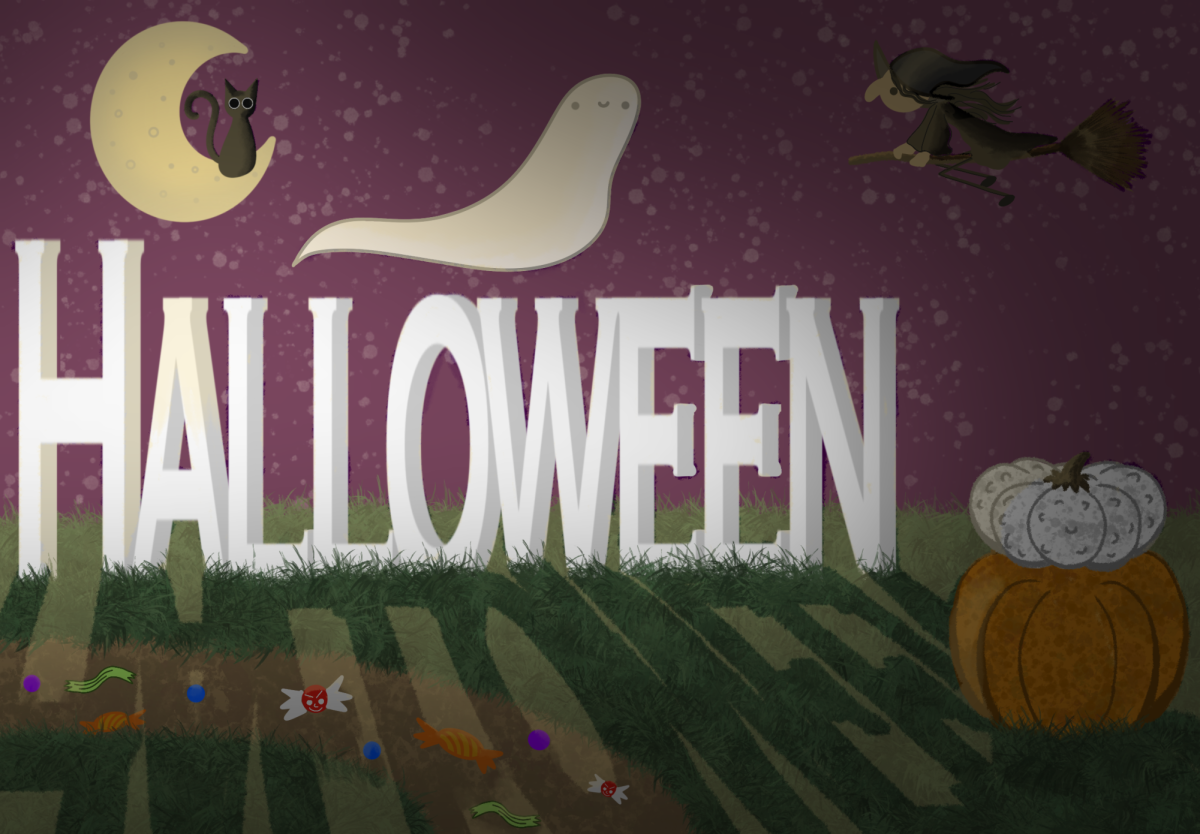

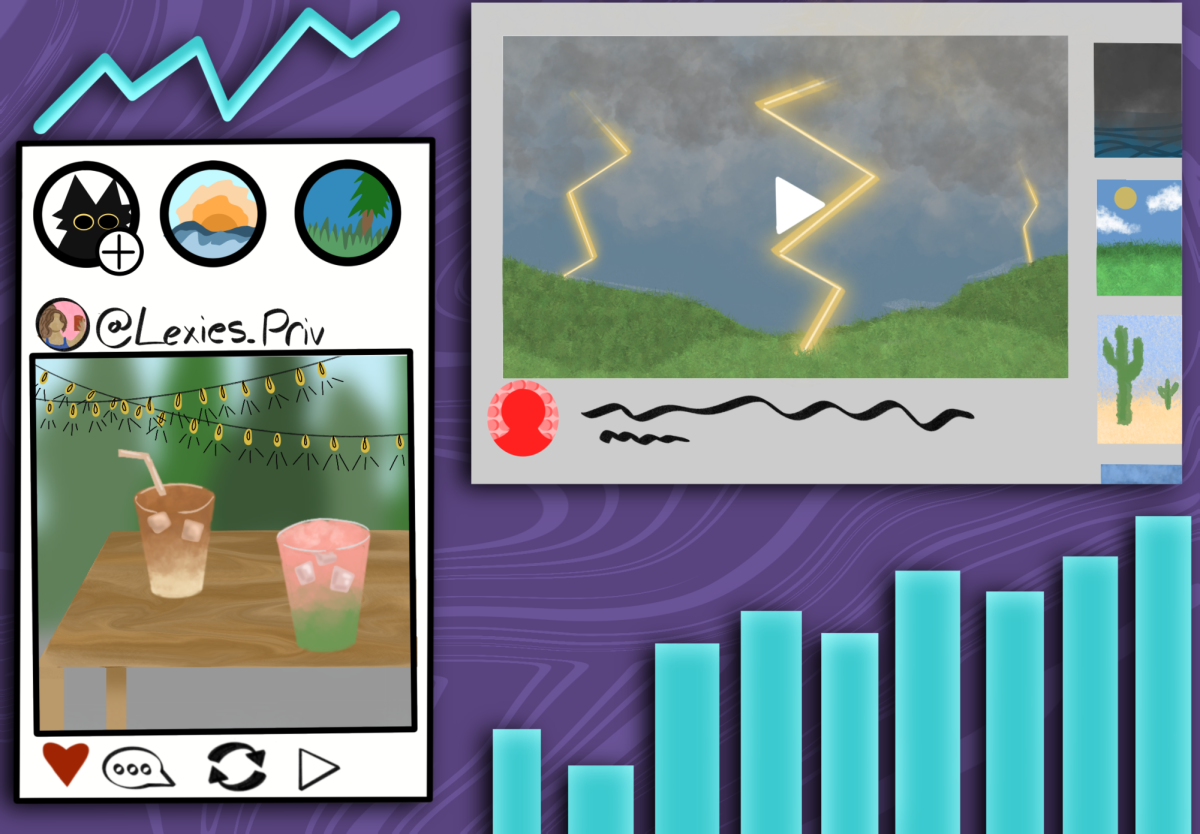

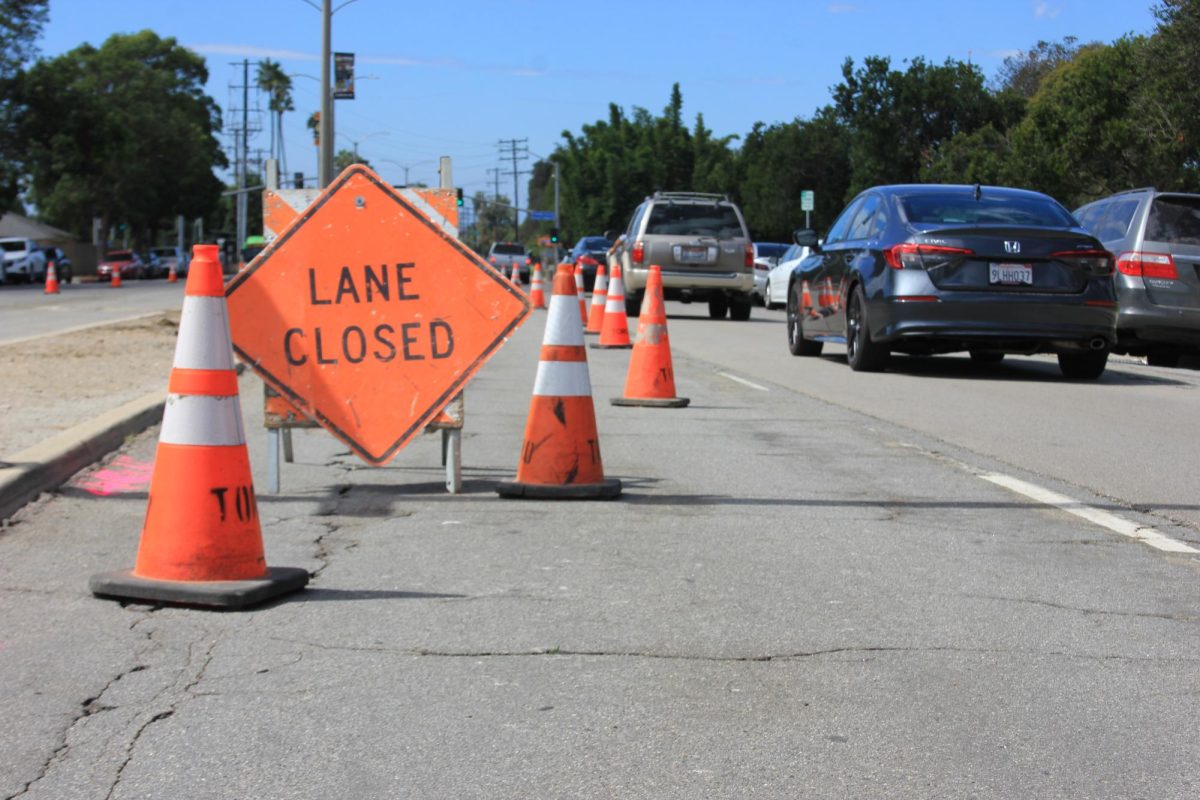
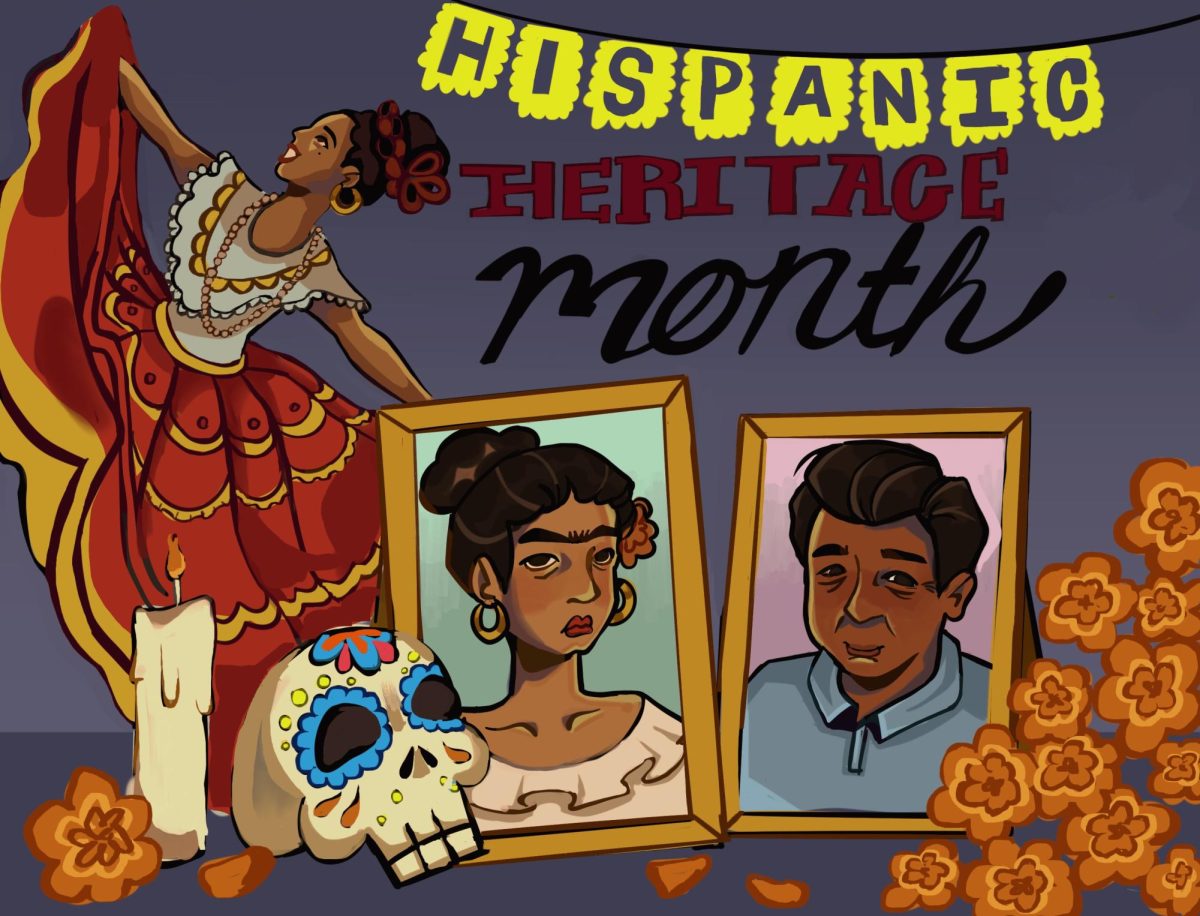

mark storer • Jan 31, 2014 at 7:40 pm
The Dragon press continues to amaze me. As the adviser of Camarillo High School’s paper (www.achsstinger.com), I simply want to say well done. This is a fine piece of reporting and writing.
Sabrena Rodriguez • Jan 29, 2014 at 8:17 am
Ema & Veronica, you have done an amazing job writing about a difficult, emotional and controversial topic. I am super impressed. As a parent, I wish more teens were willing to talk about the current challenges you all face – academic pressures, peers, family expectations, etc. Although it was slightly different when I was a student, I still remember well the feelings of frustration and sadness. It is so important to let students know that there are always people who will help, if you let them.
This is very balanced and important reporting. Well done!